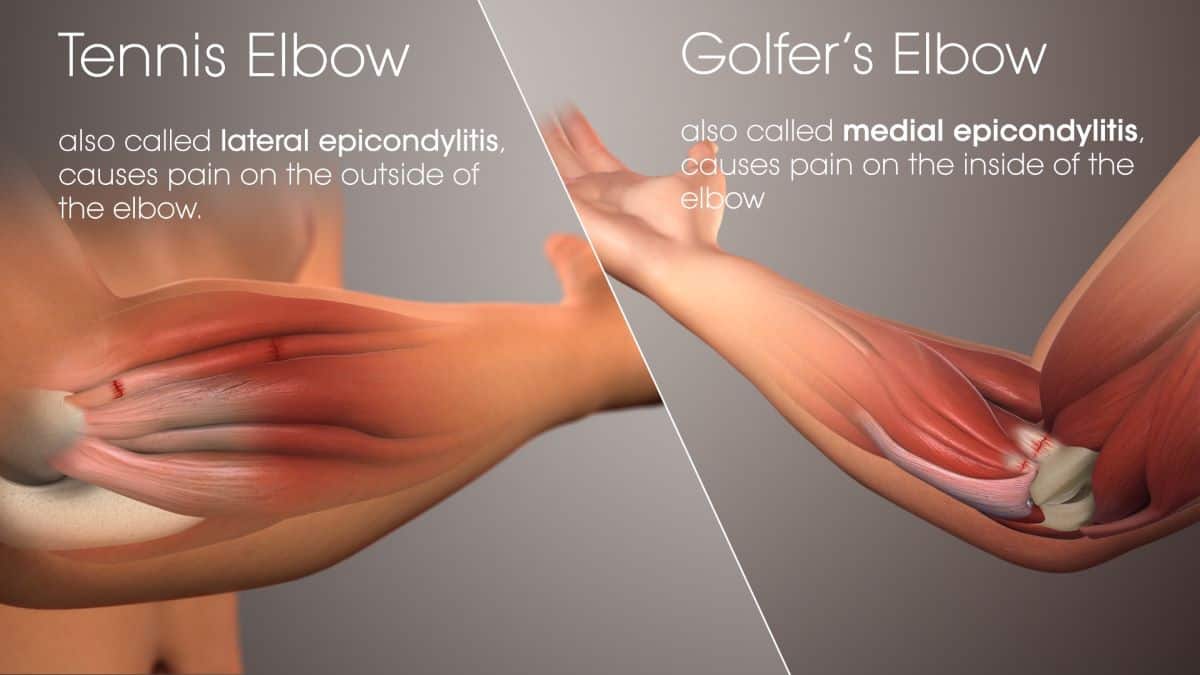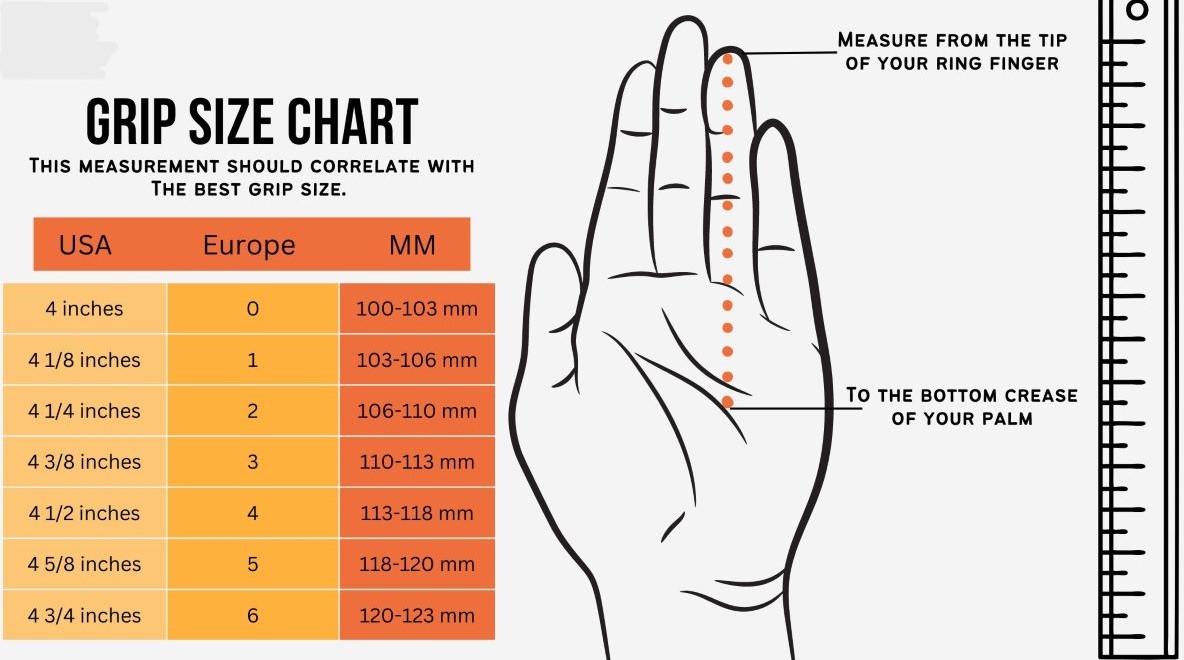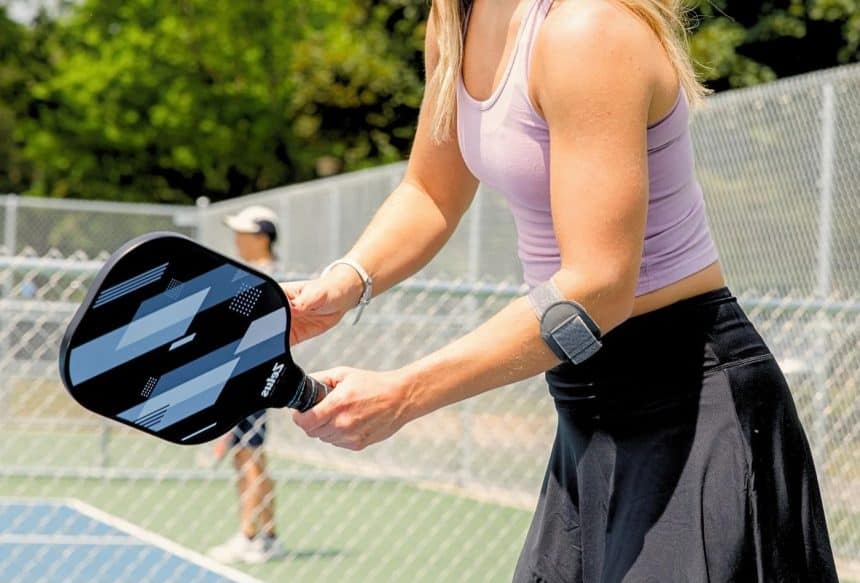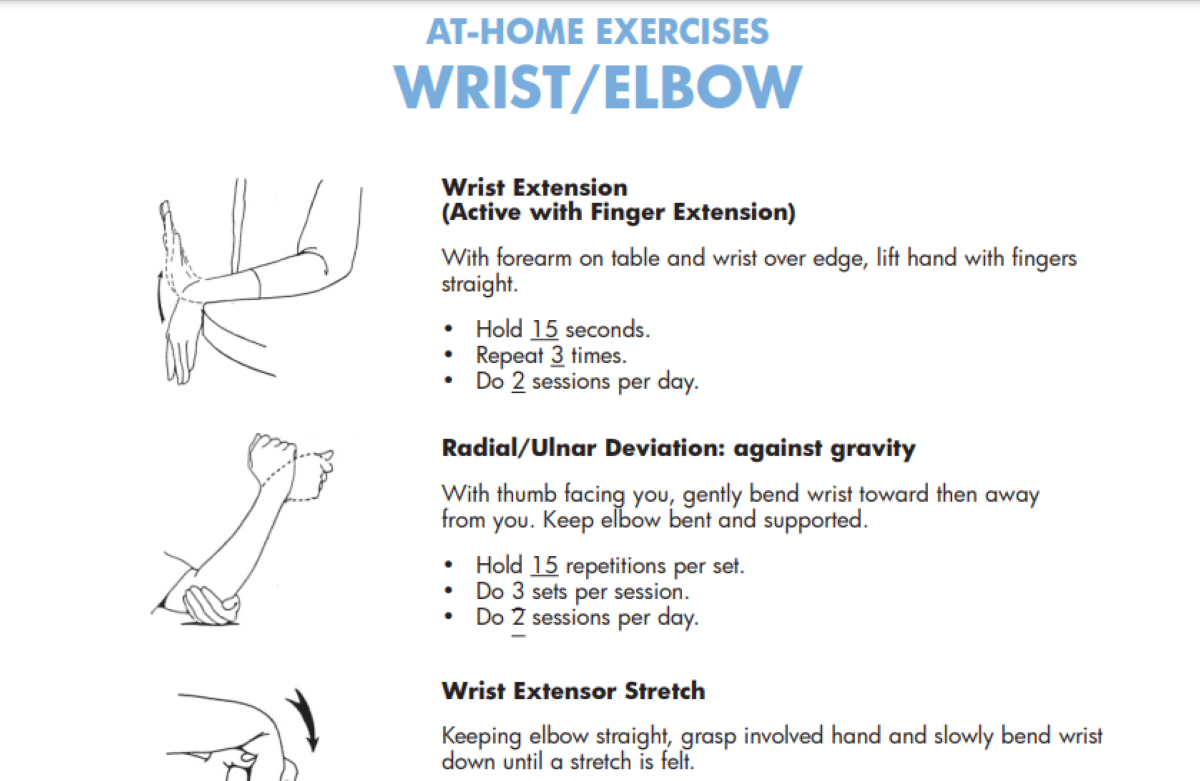Pickleball is an exciting sport that’s gaining popularity among players of all ages. It combines elements of tennis, badminton, and table tennis, making it a unique and enjoyable game. However, with this rising popularity comes the risk of injuries, particularly for those with tennis elbow or wrist pain.
The repetitive motions in pickleball can lead to common overuse injuries like tennis elbow and golfer’s elbow. These injuries can be painful and impact your enjoyment of the game. Fortunately, the right equipment and proper techniques can help you reduce the risk of these injuries and keep playing comfortably.
Common Injuries in Pickleball

Tennis Elbow or Pickleball Elbow
Tennis elbow, or lateral epicondylitis, causes pain and inflammation on the outer part of the elbow. This overuse injury often occurs from repetitive motions like those in racket sports. It happens when tendons in the elbow get damaged, leading to small tears and inflammation.
Golfer’s Elbow
Golfer’s elbow, or medial epicondylitis, causes pain on the inner part of the elbow. Similar to tennis elbow, it results from repetitive motions and overuse, affecting tendons and muscles in the forearm.
Tendonitis
Tendonitis involves inflammation of the tendons in the wrist or elbow due to overuse, poor technique, or unsuitable equipment. It causes pain, swelling, and limited motion, affecting your game.
Shoulder Injuries
Overhead shots and serves can lead to shoulder injuries, such as rotator cuff issues and shoulder impingement. These can cause pain and weakness in the shoulder.
Wrist Strain
Wrist strain can result from the repetitive actions in pickleball, especially during backhand strokes. It can lead to discomfort and reduced flexibility.

Despite these challenges, pickleball enthusiasts often seek solutions to manage pain and keep playing. Choosing the right paddle can significantly impact your comfort and performance.
How to Choose the Right Pickleball Paddle for Tennis Elbow and Wrist Pain
When dealing with tennis elbow or wrist pain, it’s crucial to select a paddle that reduces strain and enhances gameplay. Consider these factors:
Paddle Weight
A lightweight paddle helps reduce strain on your arm and minimizes the risk of worsening wrist and elbow injuries. Lightweight paddles allow for quicker strokes and better maneuverability, while heavier paddles may increase vibration and discomfort.
Grip Size
Choosing the correct grip size is essential for players with wrist and elbow issues. A comfortable grip reduces stress and helps prevent further strain. Paddles with adjustable grips are ideal for those focusing on health and longevity.

Vibration Dampening
Paddles with good vibration dampening properties help reduce the shock and vibration transferred from the ball to your arm. This feature can minimize strain on your elbow and wrist.
Paddle Length
Paddle length and sweet spot size are important. Larger sweet spots provide better hits and are more forgiving on off-center strikes, which is beneficial for players with injuries. Longer paddles with smaller sweet spots might cause more vibration and strain.
Grip Pressure
Maintaining proper grip pressure is crucial for avoiding tennis elbow aggravation. Aim for a grip pressure of around 3-4, especially during dinks and resets. Experiment with grip pressure carefully to avoid irritation.
5 Ways to Prevent Pickleball Elbow and Wrist Strain
Stretch
Incorporate stretching exercises for your shoulder, arm, elbow, and wrist into your routine. Stretching before and after playing helps ease wear and tear and prevents injuries.
Proper Technique and Mechanics
Use correct playing techniques, such as a relaxed grip and engaging your whole body when hitting shots. Poor technique can contribute to wrist and elbow pain. Consider taking a lesson to improve your form.
Arm-Strengthening and Flexibility Exercises
Regular exercises to strengthen and improve flexibility in your arms can lower the risk of overuse injuries and enhance your performance on the court.
Buy an Wrist or Elbow Brace
An elbow brace can help manage pain by providing support and reducing stress. However, braces may not work for everyone, so consult with your doctor to find the right solution for you.
Rest and Recovery
Allow time for rest and recovery between games and practices. Listen to your body to avoid overexertion and give your muscles time to heal.
Top 5 Best Pickleball Paddles for Tennis Elbow and Wrist Strain
The ProKennex Ovation Flight paddle is designed to offer relief from tennis elbow and wrist strain. At 7.4 ounces, it provides a balance of agility and power. Its oval shape reduces corner weight and enhances maneuverability. The paddle’s Kinetic Technology minimizes shock and vibration, offering better comfort for players with elbow and wrist issues.
Why People Love It
The ProKennex Ovation Flight is favored for its vibration-reducing technology and comfortable grip. Its lightweight and maneuverable design make it a popular choice among players seeking to reduce strain and discomfort.
Why People Don’t Like It
Some users find the paddle noisier than others, and the unique oval shape may require an adjustment period.
The Paddletek Tempest Wave Pro offers control and power while minimizing strain on the forearm. Its textured graphite surface enhances control and power, and its comfortable grip size helps reduce stress on the wrist and elbow.
Why People Love It
Players appreciate its exceptional control and power, large sweet spot, and vibration-dampening technology. The high-tack performance grip adds to the comfort.
Why People Don’t Like It
The paddle may feel too light for some and the surface could be prone to scratches.
The JOOLA Radius Pro features advanced technology from the table tennis world, offering a durable Carbon Grip Surface for better ball control and spin. Its Response Polypropylene Honeycomb Core reduces vibration and enhances performance.
Why People Love It
Its advanced technology and large sweet spot make it ideal for players with wrist and elbow issues. The paddle’s grip and control are also well-regarded.
Why People Don’t Like It
The unique shape and texture may require an adjustment period for some players.
The HEAD Radical Tour combines power and stability with Control Stabilizer Technology. Made with polypropylene and carbon fiber, it offers durability and responsiveness, with a large sweet spot and high-tack grip.
Why People Love It
It’s praised for its power, stability, and durable construction. The high-tack grip and large sweet spot are beneficial for those with wrist and elbow discomfort.
Why People Don’t Like It
Some users have noted issues with the grip’s durability and the paddle’s weight may not suit everyone.
The Selkirk Amped S2 offers a large sweet spot with Smart Response Technology. Its wide-bodied shape and polymer hitting surfaces provide comfort and reduce impact on the wrist and elbow.
Why People Love It
Its design minimizes wrist and elbow strain, and the polymer surface offers additional comfort. The large sweet spot enhances accuracy.
Why People Don’t Like It
The paddle’s surface may scratch easily, and it might not be ideal for those who prefer a lighter, more maneuverable paddle.
Final Thoughts
Choosing the right pickleball paddle is crucial for both performance and comfort. Investing in a paddle designed to alleviate strain, like the ProKennex Ovation Flight, Paddletek Tempest Wave Pro, JOOLA Radius Pro, Head Radical Tour, or Selkirk Amped S2, can make a big difference. These paddles use advanced materials and vibration-dampening technology to reduce arm stress and help you enjoy pickleball without discomfort.
Whether you’re a competitive player or just enjoy casual games, selecting the right paddle can enhance your experience on the court. Invest in your well-being and elevate your game with one of these top paddles designed to ease tennis elbow and wrist pain. Enjoy the game while protecting yourself from injury!







